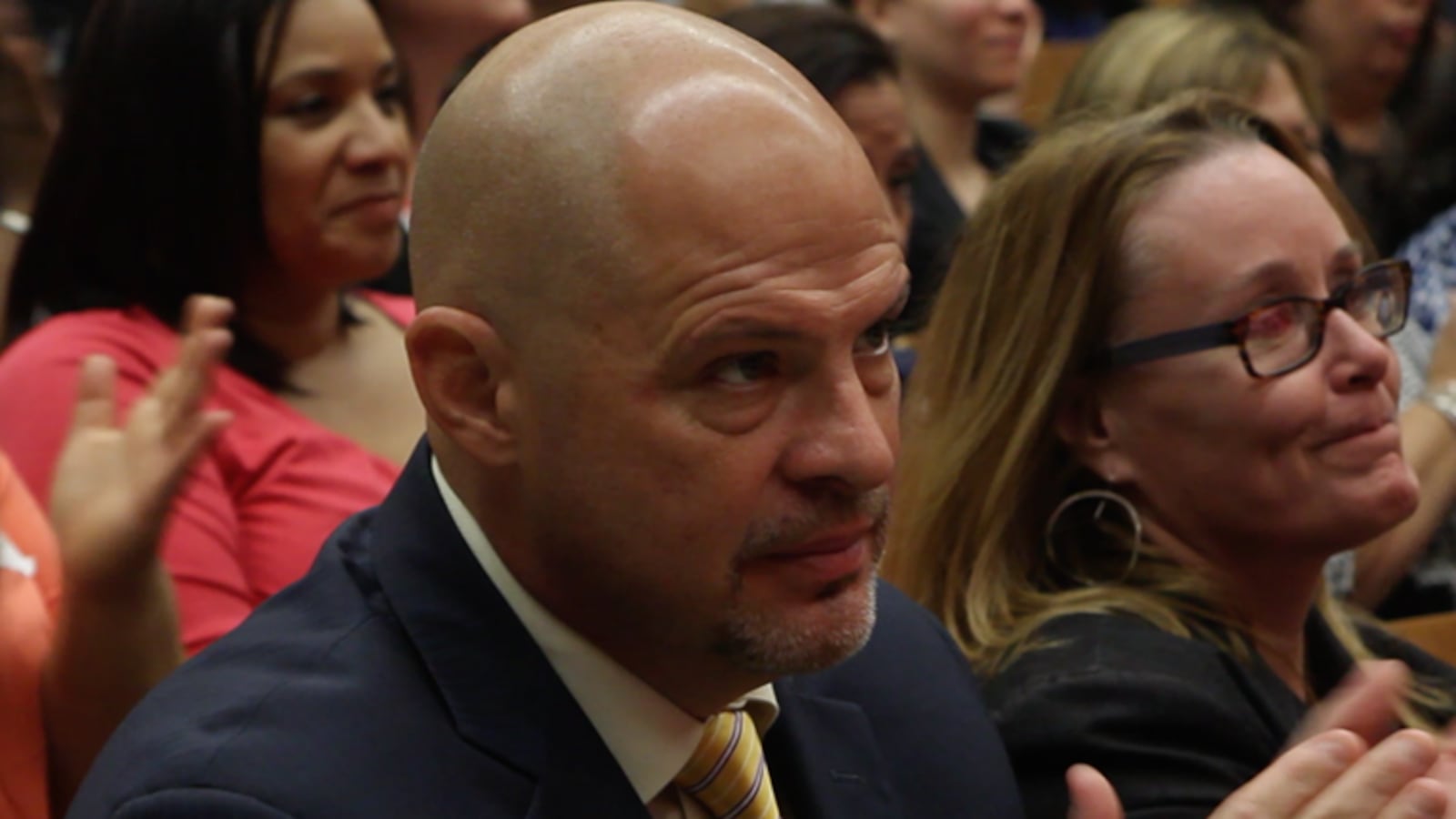In an unlikely outcome, the charter school sector and the teachers union can both claim victory in this year’s budget deal.
The charter sector is excited about a funding boost, while the unions are relishing an ideological shift that got its start months ago and is borne out in the state’s newfound support for “community schools.”
The satisfaction of both groups points to a larger theme: In a shift, the budget had much more to do with haggling over funding than arguing over education policy.
“The whole tone difference was really nice,” said United Federation of Teachers President Michael Mulgrew. “It was nice to work on education instead of fighting over everything.”
Charter schools will walk away with $54 million more in per-pupil spending, a number double what Gov. Andrew Cuomo originally proposed. Meanwhile, the state will invest $175 million in so-called community schools, which will provide wraparound services to students and families.
Pleasing both unions and charter schools is no small feat. But the union’s win is a bigger-picture victory that falls in line with other state policy shifts.
Last year, the unions unsuccessfully fought a teacher evaluation system that increased the weight of state standardized tests. By December, the governor had switched his stance on teacher evaluations and called for an overhaul of the state’s learning standards. With the direction of state policy shifted, lawmakers were free to focus on funding this year and kick policy decisions back to the State Education Department.
“There are members who will tell you that education dominates the budget each year, so for it not to fully dominate is a big win,” Assemblywoman Patricia Fahy said.
The largest education change in this year’s budget, which gives more resources to struggling schools, solidifies the shift in emphasis from accountability-focused changes to resource-driven reform. It is a proposal that Mulgrew says he can get behind.
“I love the community and learning school stuff,” Mulgrew said. “You know how much we’re invested in this as a union.”
Carl Korn, spokesman for the state teachers union, agrees that there was a decided tone change. Last year, the union spent most of its time protesting, while this year he watched “the pendulum swinging,” he said.
As the unions celebrate the state’s big-picture changes, charter schools showed that they could still score their own budget wins. Not only did they come out with much more funding than first proposed, they also avoided a union-backed measure that would withhold money from charter schools that do not enroll a certain percentage of high-needs students.
Charter advocates did not succeed in unfreezing the city’s funding formula, which would allow charter school funding to increase at the same rate as district school funding. But that policy will end next year, and charter sector leaders say they are unconcerned.
“This is a good budget for charter schools, the students they serve and the State of New York,” said James Merriman, CEO of the New York City Charter School Center.
But the increased charter school funding and a failure to pass the legislation to withhold further charter school funding did not dampen Mulgrew’s view of the deal.
“We’re making progress,” he said.


